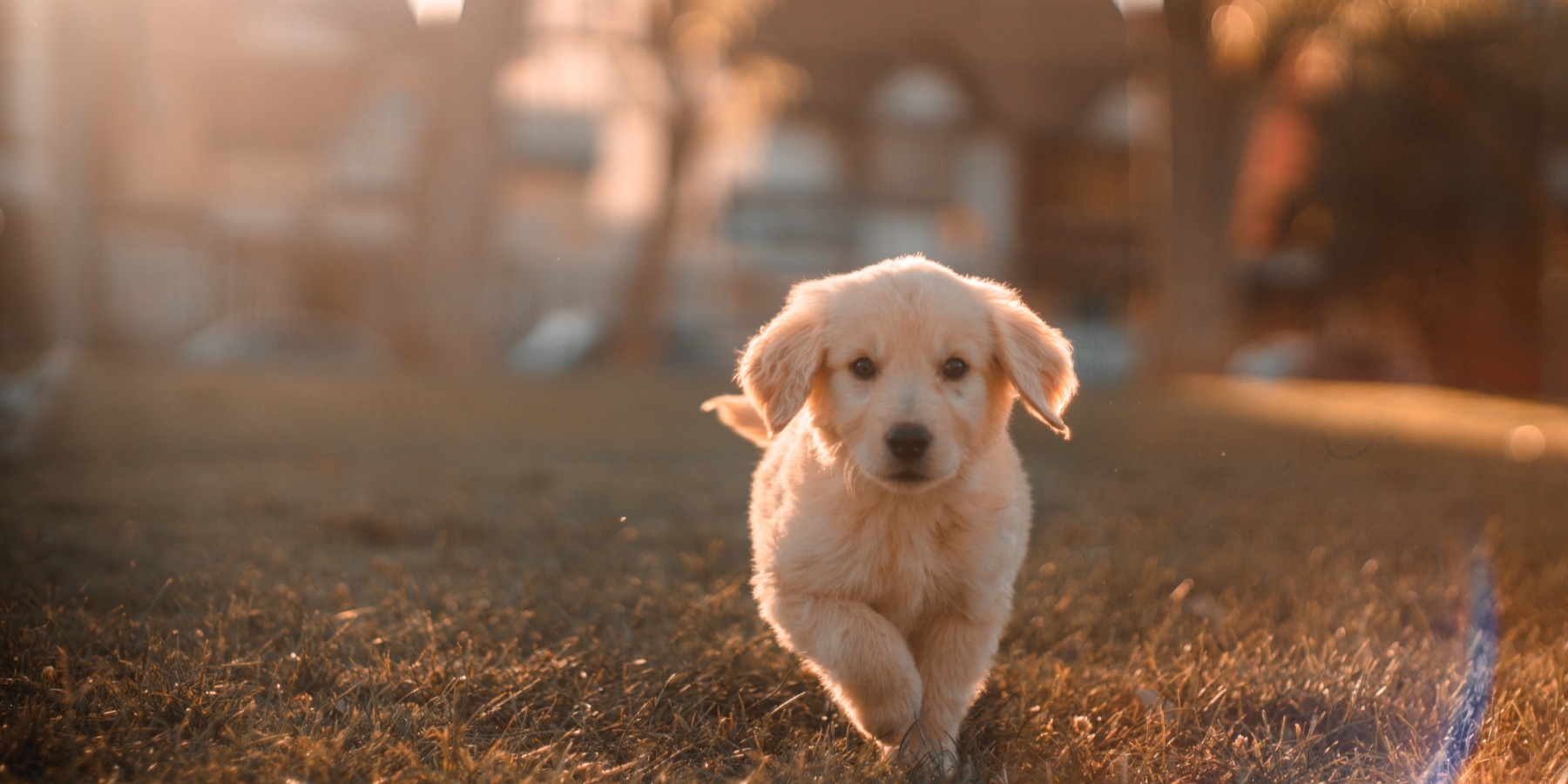When it comes to training a dog to pee outside, the approach may vary depending on the age of your furry companion. Puppies, adolescent dogs, and adult dogs all have different needs and abilities when it comes to potty training. In this article, we'll explore the methods for training dogs of different ages to pee outside.
Puppies are like sponges, eager to learn and please their owners. However, their bladder control is limited, so patience and consistency are key.
Establish a Routine: Take your puppy outside at regular intervals, such as after eating, drinking, playing, or waking up from a nap. Praise and reward them when they are eliminated outdoors.
Use a Crate: Crate training can help prevent accidents indoors. Dogs naturally avoid soiling their sleeping area, so keep the crate appropriately sized, allowing enough room to stand, turn, and lie down.
Watch for Signs: Learn to recognize your puppy's signals that they need to go. Common signs include sniffing, circling, or whining. When you see these signs, take them outside immediately.
Clean Accidents Promptly: Accidents happen, especially with puppies. Clean up messes promptly using an enzymatic cleaner to eliminate odors and discourage repeat accidents.
Potty Training an Adolescent Dog
Adolescent dogs are past the puppy stage but may still need some guidance as they continue to mature.
Maintain Consistency: Continue with a consistent schedule for bathroom breaks. Adolescents can hold their bladders longer than puppies but still need regular outings.
Expand Freedom Gradually: Give your adolescent dog more freedom indoors as they show reliability. Start with short periods and gradually increase them.
Positive Reinforcement: Continue to praise and reward your dog for going outside. Positive reinforcement is essential at this stage as it reinforces good behavior.
Supervise Indoors: When your dog is indoors, keep a close eye on them to prevent accidents. If you can't supervise, consider using a crate or a small enclosed area.
Adult dogs can be successfully potty trained with the right approach.
Evaluate Previous Training: If your adult dog has had previous training or lived in a different environment, assess their current habits and adjust your training accordingly.
Establish a Routine: Set a consistent schedule for bathroom breaks, much like you would with a puppy. Adult dogs appreciate routine and predictability.
Use Positive Reinforcement: Reward your adult dog with praise and treats when they eliminate outside. Be patient and consistent to reinforce the new behavior.
Address Behavioral Issues: If your adult dog has developed bad habits, such as marking indoors, consult a professional trainer or behaviorist to address the issue effectively.
No matter the age of your dog, the key to successful potty training is consistency, positive reinforcement, and patience. Understanding your dog's needs and abilities at different stages of life is crucial for effective training. Remember, the methods discussed here are just one part of the comprehensive guide on how to train a dog to pee outside. Adapt these methods to your dog's age and personality, and you'll be well on your way to a well-behaved, potty-trained companion.


